This is a summary/blog of my presentation which I recently gave internally at SAP during the One SAP Mobile Summit. The event brings some of the best and likeminded SAP mobility related groups and teams together during a week long, in-person, and virtual summit.
One-SAP-Mobile-Summit-LLMsDownloadThis is another blog post of a series around the enterprise mobility IT team at SAP. We are an internal team focused on managing mobile devices, mobile applications, and developing custom apps for SAP’s 110,000 employees. I believe we have some unique stories, software, tools, and insights to help others in the community considering, or currently undertaking, some of the challenges which surround mobility and its adoption in the enterprise. As an SAP champion, I enjoy sharing and promoting my experiences and knowledge with others through the SAP Community, if you enjoy this post, check out some of my past content.
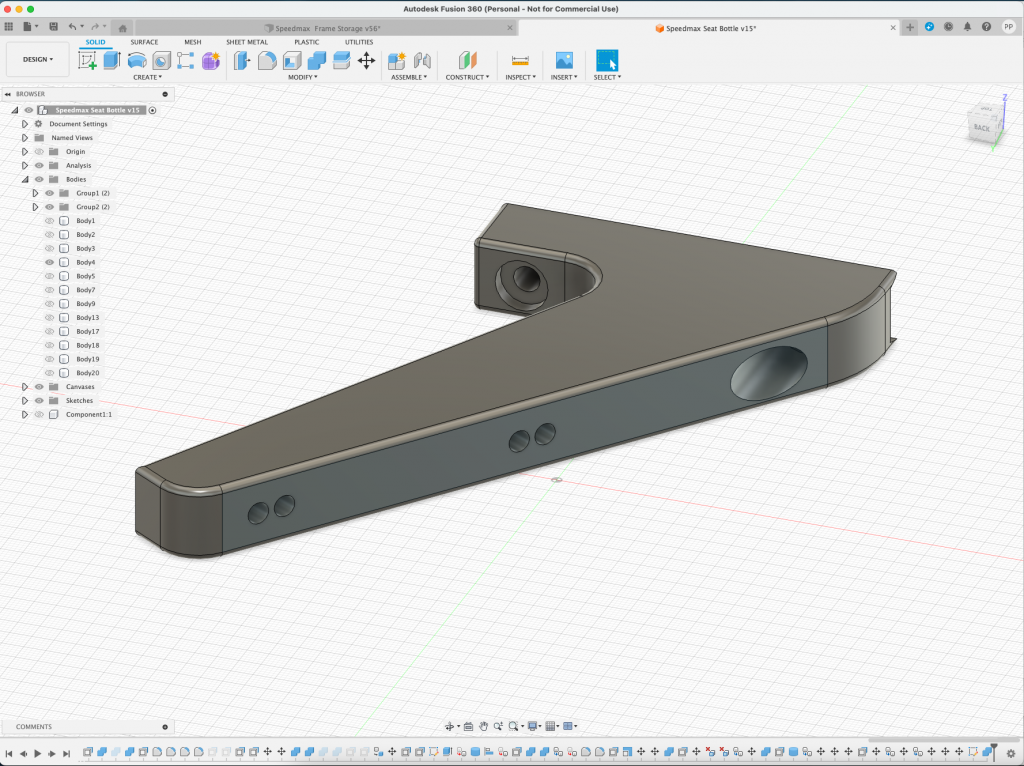
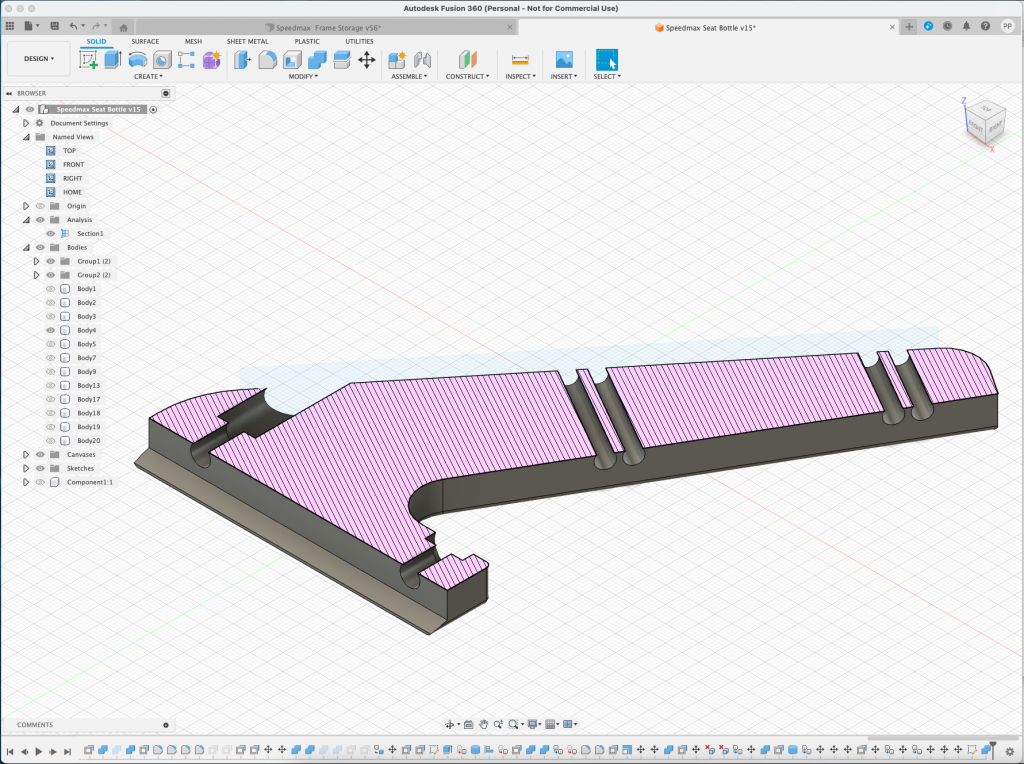


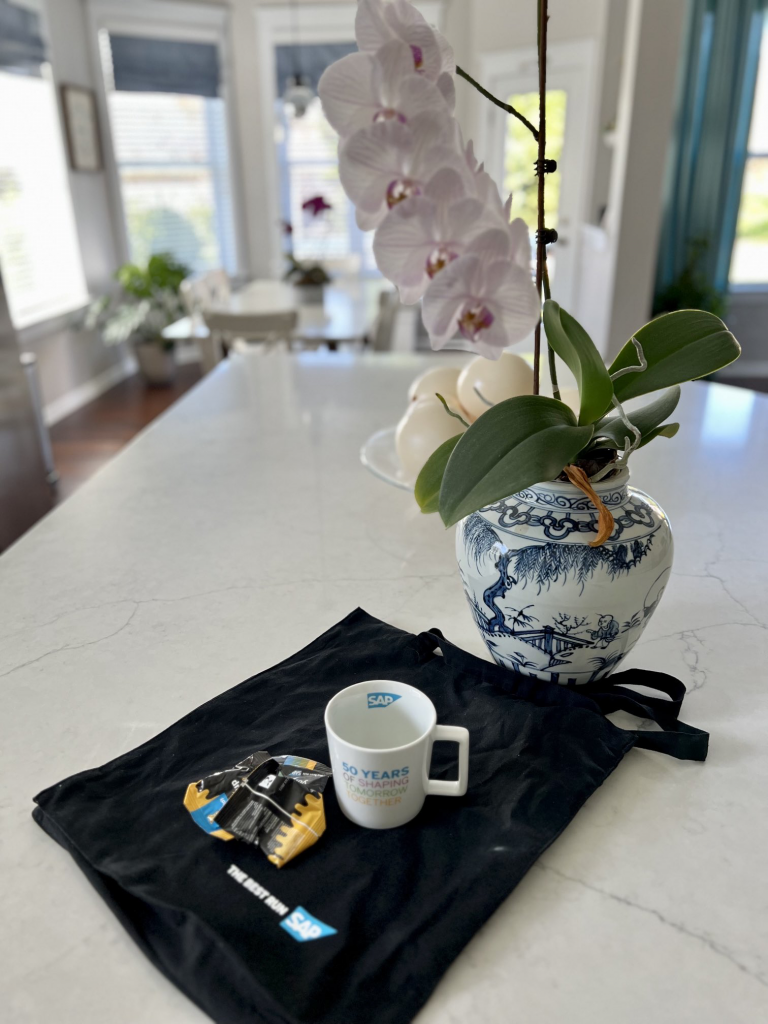
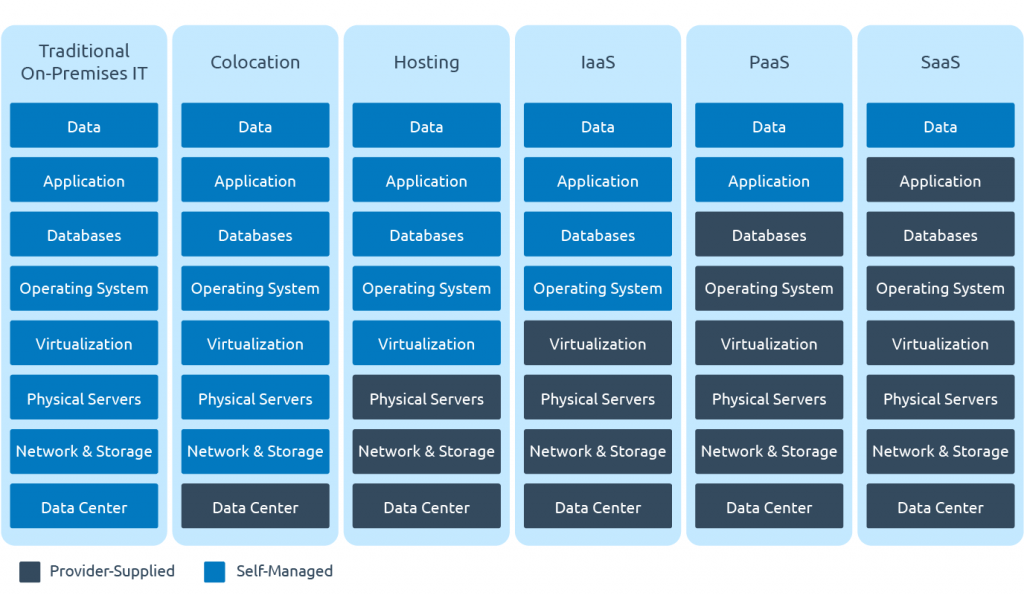
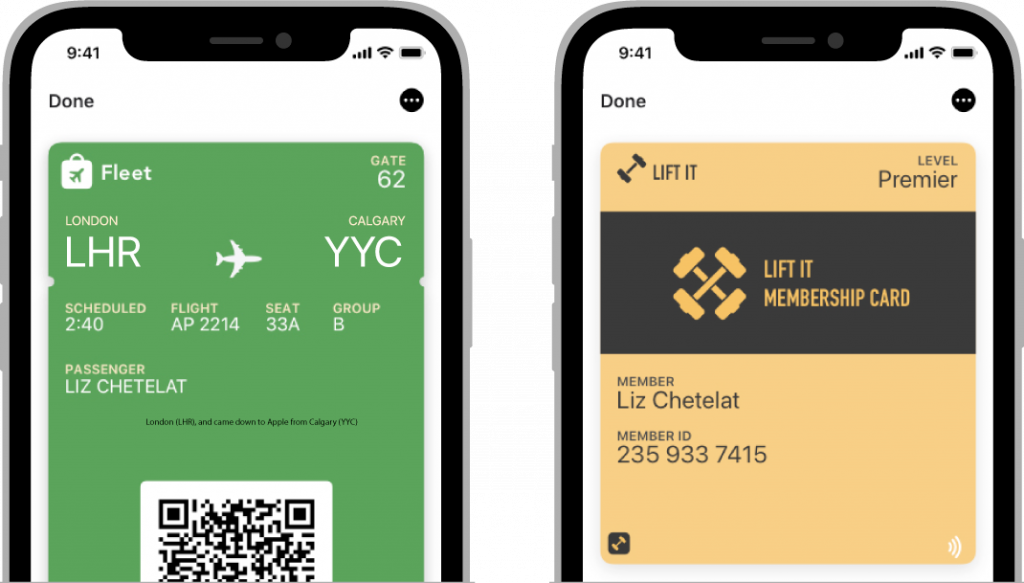

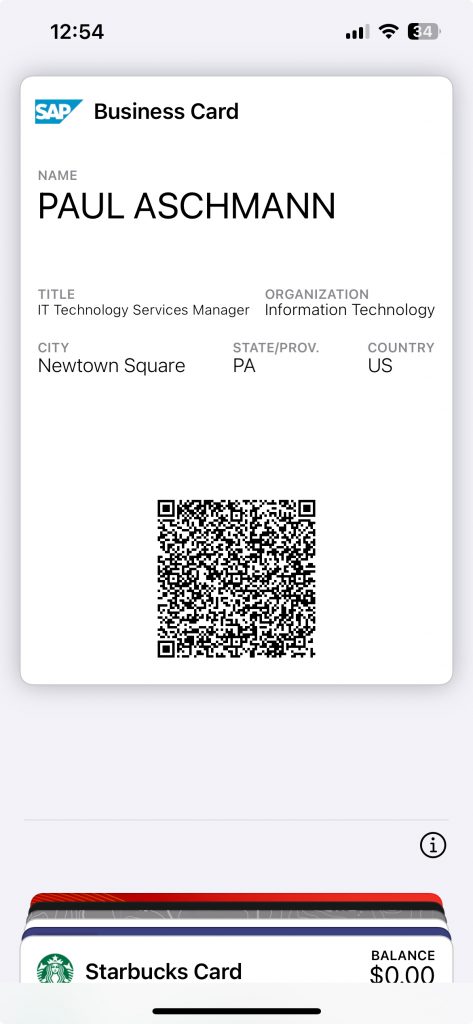
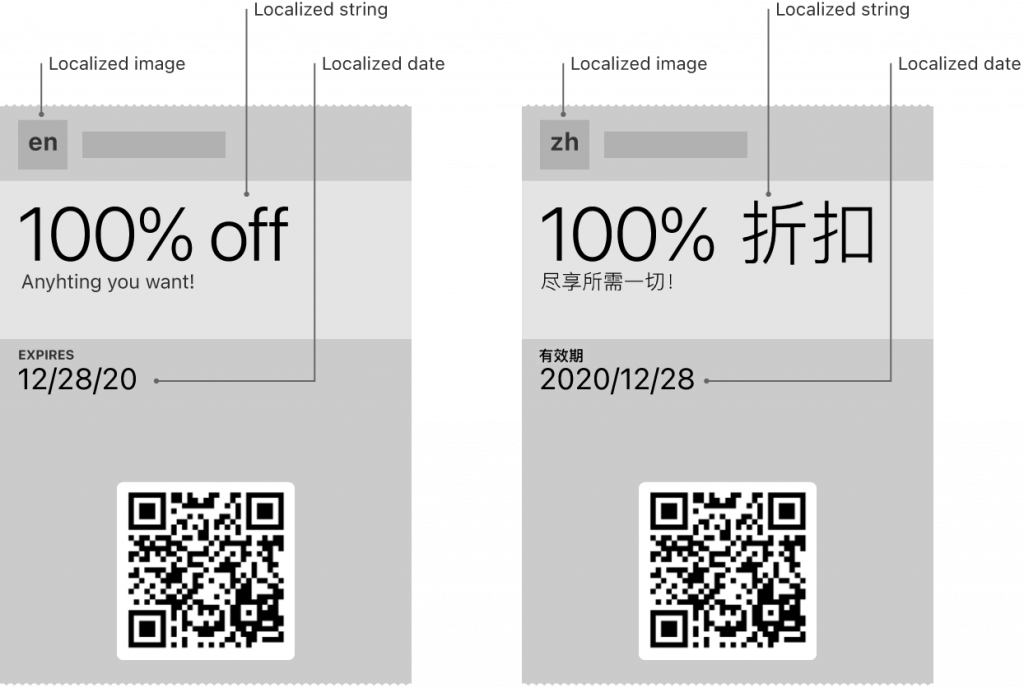

You must be logged in to post a comment.